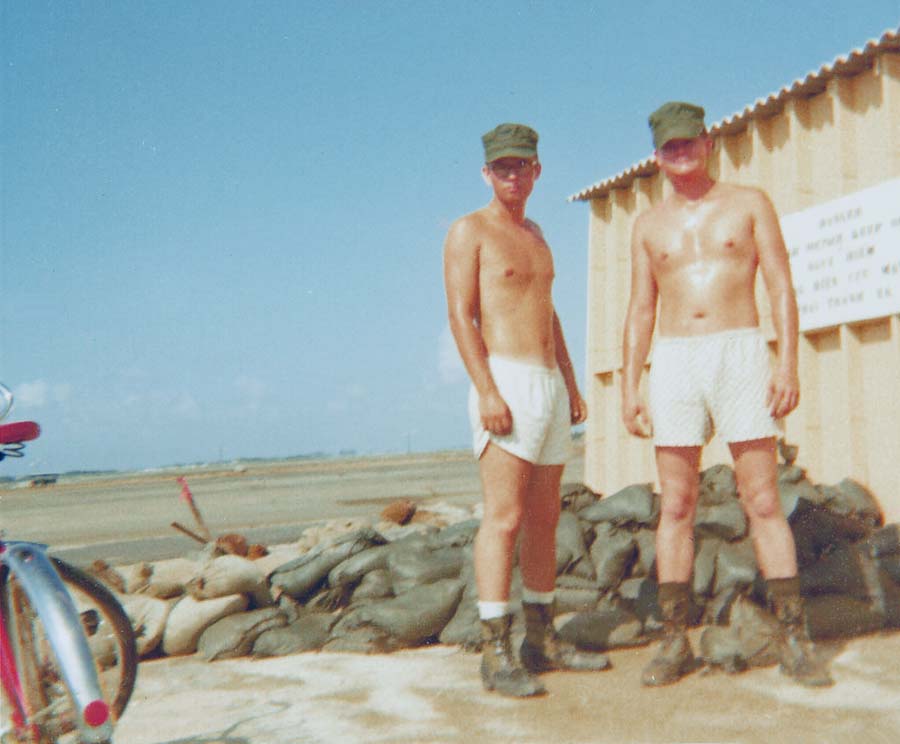
Sandbags: Fill'em...
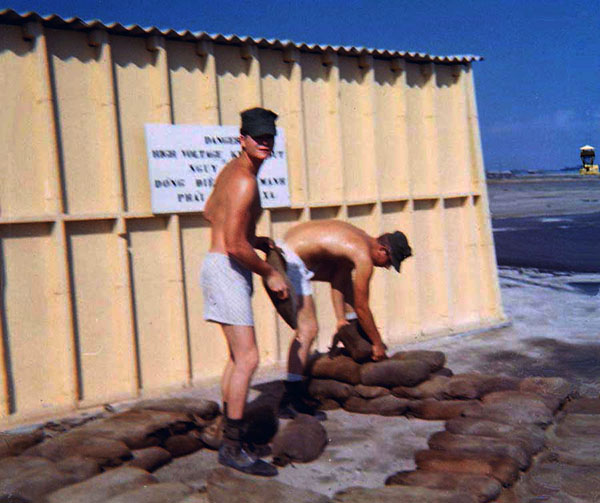
Sandbags: Stack'em...
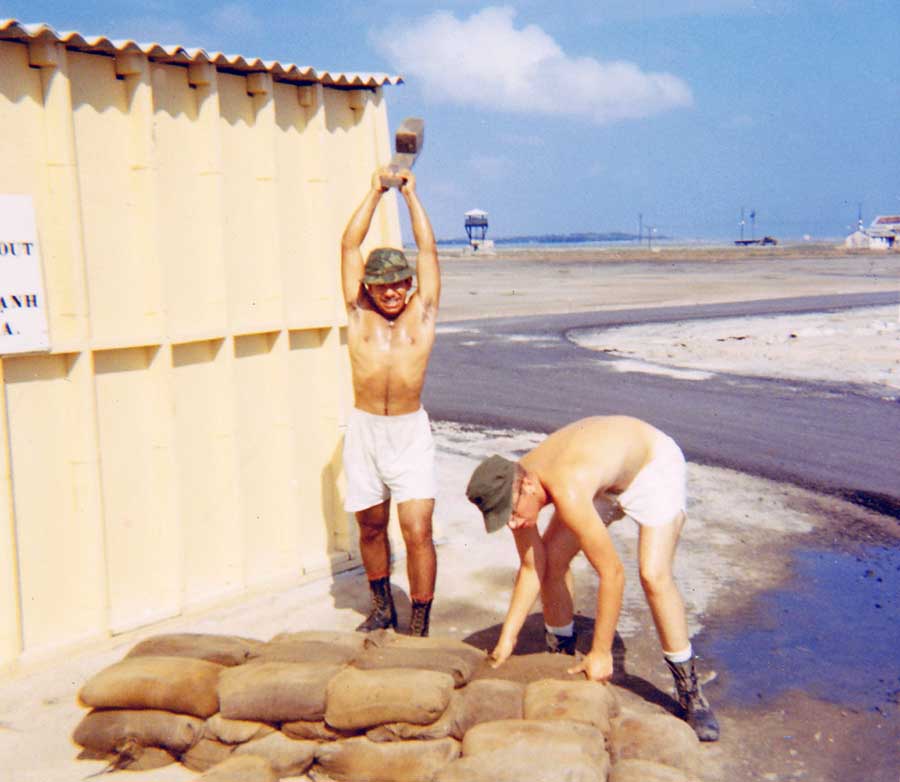
Sandbags: Make'em look real purtty....
Hey... I know... we'll walk over to that Sentry Tower (background)
and take a picture of you filling sandbags!
Yeah... right... I'll hold this pose lifting a sandbag, like I'm working -- and you're not
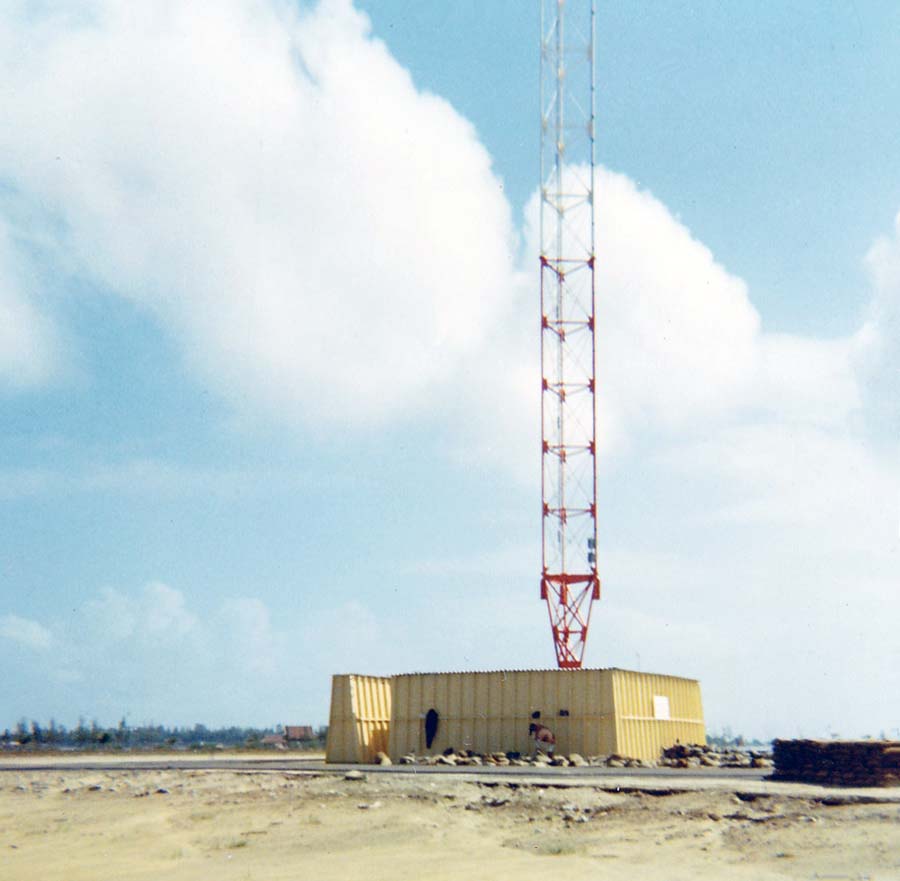
Camp Carroll: This is the USAF 60 foot tall Radio Tower we were guarding.
There was a neverending supply of sandbags
to fill to protect the base of the tower (boy was it hot).
I did walk over and snap a photo of the radio tower from the nearby
sentry bunker-tower. But... what they heck is he doing!? Note: Look very close, center-'bottom'.
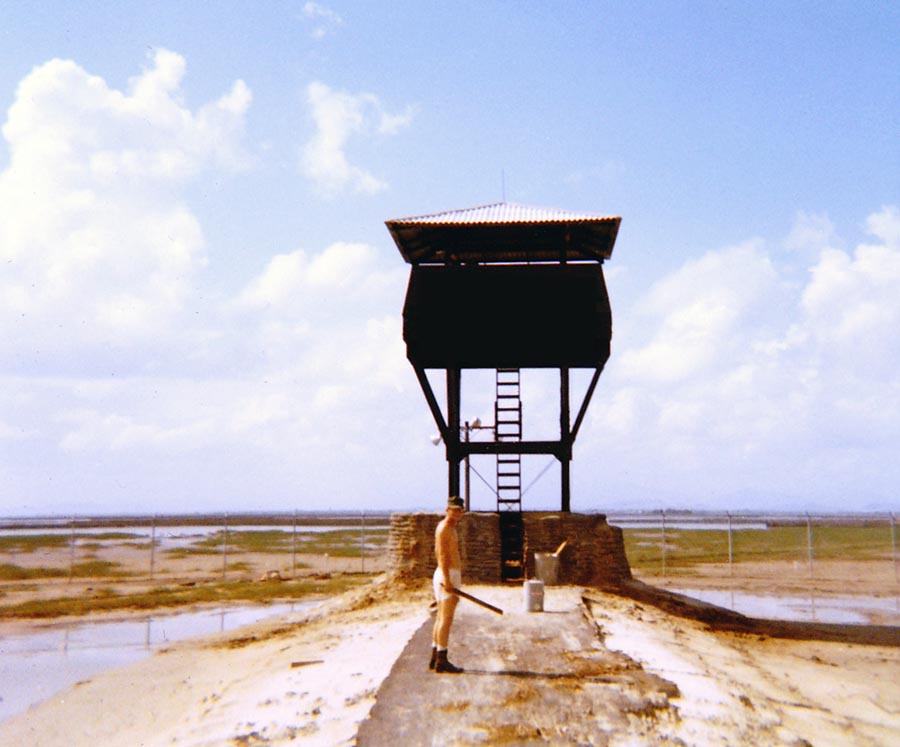
Camp Carroll: Nice Sentry Tower, huh. I'll give him a few more minutes to finish
up those sandbags and goofying off, and then go back over. Heh-heh.
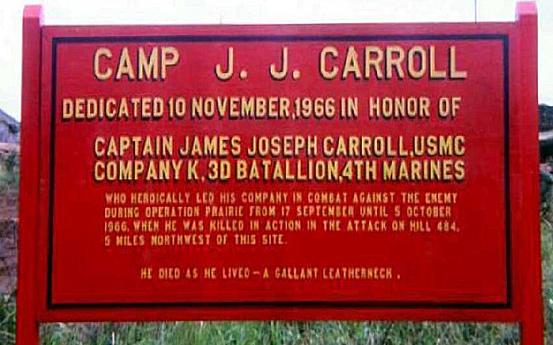
History
Courtesy of Wikipedia.org
"The camp was named after Navy Cross recipient Captain J.J. Carroll... commanding officer of Kilo CO, 3rd Battalion, 4th Marines. He was killed by friendly tank fire on October 5, 1966 duringOperation Prairie. The camp was commissioned on November 10, 1966 and became home for the 3rd Marine Regiment. It was one of nine artillery bases constructed along the DMZ and had 80 artillery pieces including M107 175mm guns from the United States Army. From a tactical perspective, therefore, the 175mm self-propelled gun was the most important weapon at Camp Carroll. The 175mm guns put Camp Carroll on the map, particularly the tactical maps of the North Vietnamese forward observers. The most powerful American field artillery tube, the 175mm could fire a 150-pound projectile 32,690 meters and effectively return fire on any enemy gun that could hit it.
Camp Carroll diminished in significance after the 1968 Tet Offensive. The 3rd Marine Division began relying on highly mobile postures rather than remaining in their fixed positions as sitting targets. The Marine Corps began pulling out of Vietnam in 1969 as part of President Richard Nixon's Vietnamization Policy."
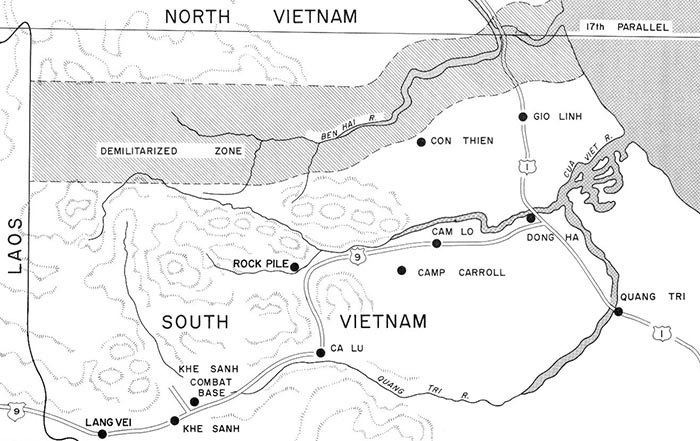
Camp Carroll is located just south of Highway 9, and about 12 miles west of Đông Hà.
Three Aerial photos of Camp Carroll:
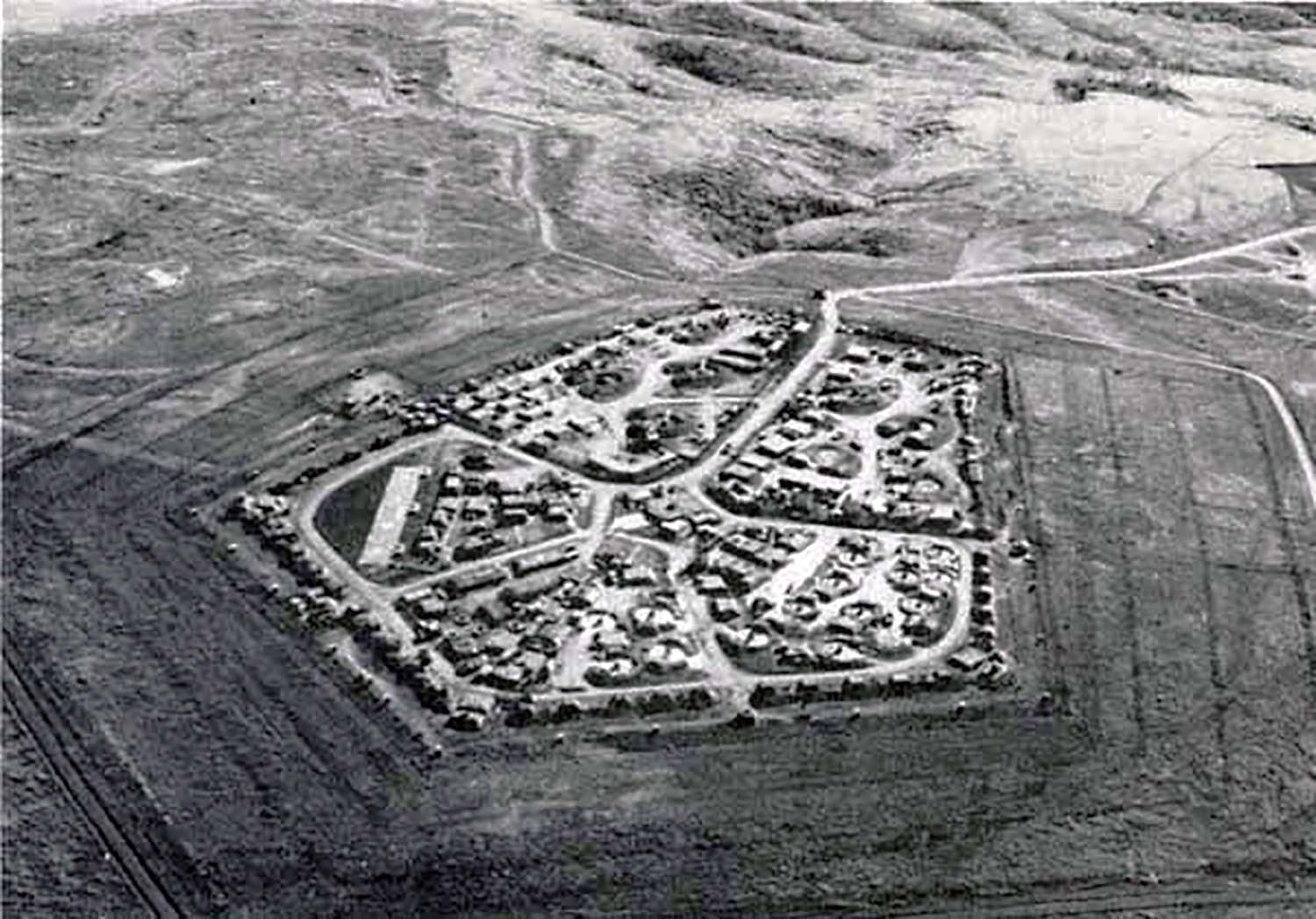
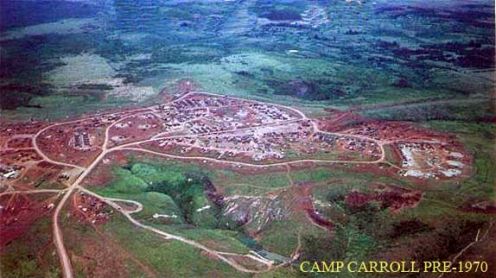 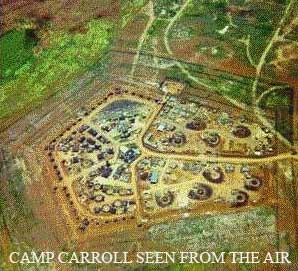
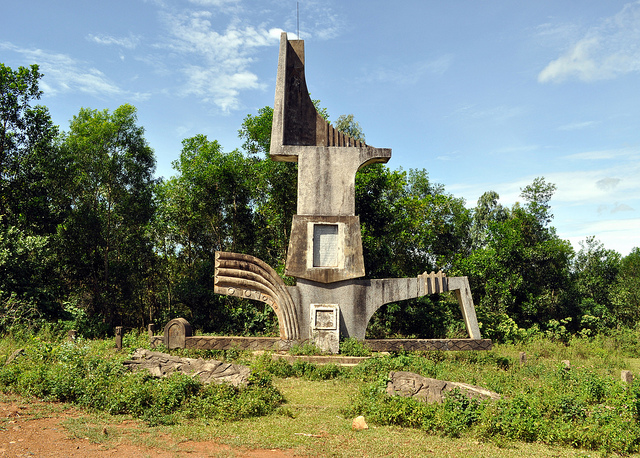
Vietnam Monument at previous Camp Carroll location.

Today:
Camp Carroll's abandoned location. There is absolutely nothing left to indicate the camp was ever there. |





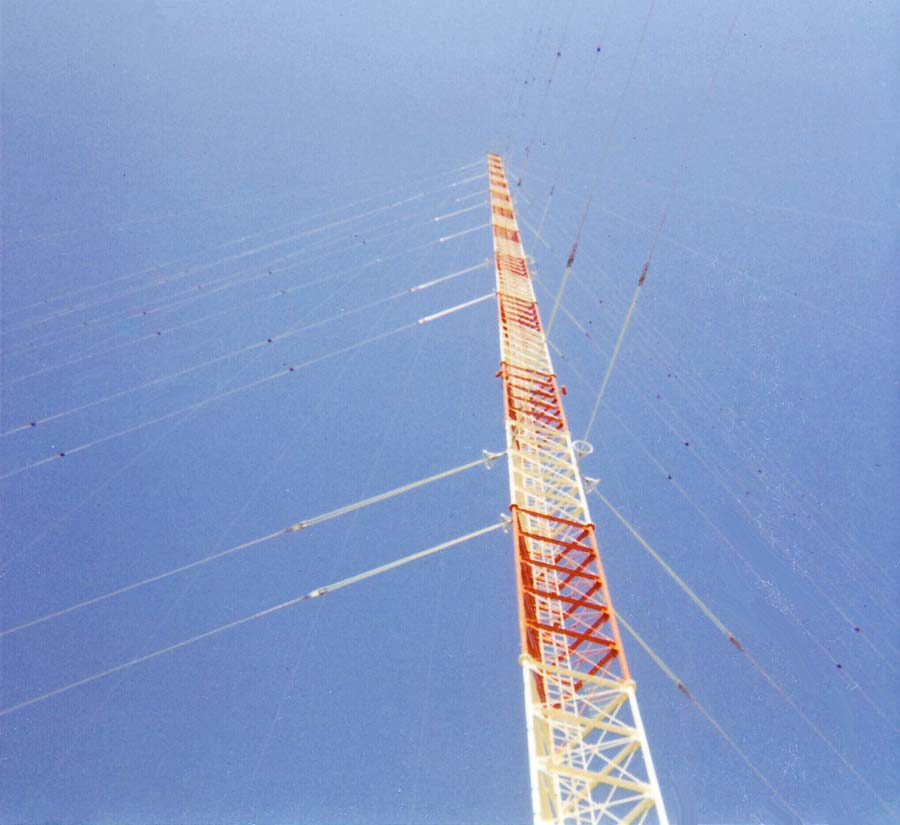 CAMP CARROLL RADAR: During my tour at Đà Nàng I was selected, with about 15 other airmen, and we were sent to guard what looked like a radar site, not an airfield, with a large 60 foot tall radio tower. The site area we guarded appeared to be a radio type tower, with the base of the tower heavily fortified with sand bags. Our posts consisted of perimeter type posts near the tower. We were the first to go to Camp Carroll, a large marine artillery base, and put in place guard duty assignments for the US Air Force radio tower and equipment.
CAMP CARROLL RADAR: During my tour at Đà Nàng I was selected, with about 15 other airmen, and we were sent to guard what looked like a radar site, not an airfield, with a large 60 foot tall radio tower. The site area we guarded appeared to be a radio type tower, with the base of the tower heavily fortified with sand bags. Our posts consisted of perimeter type posts near the tower. We were the first to go to Camp Carroll, a large marine artillery base, and put in place guard duty assignments for the US Air Force radio tower and equipment. 










